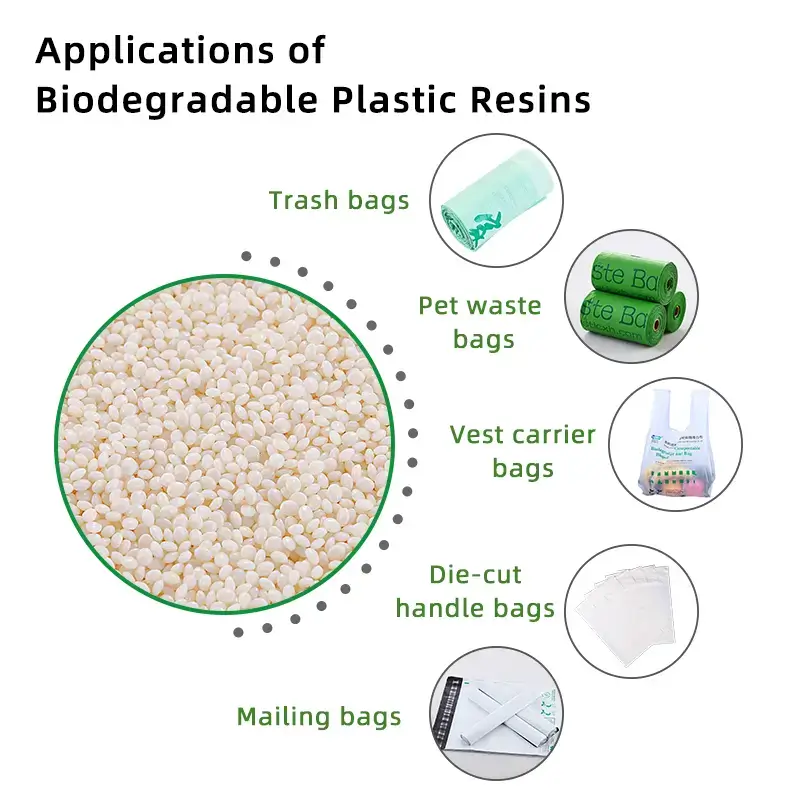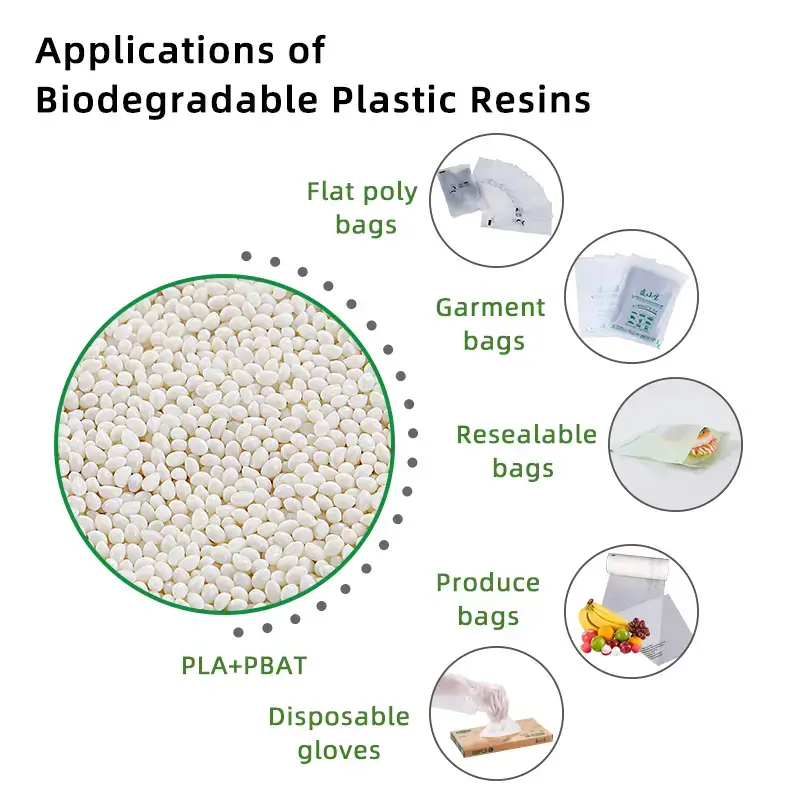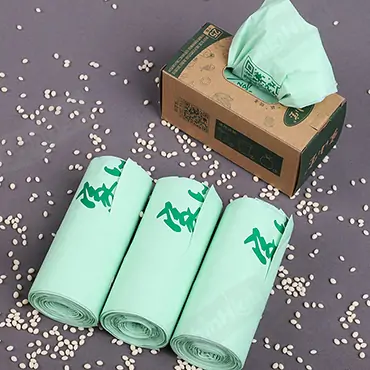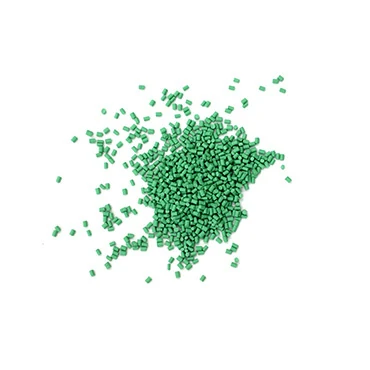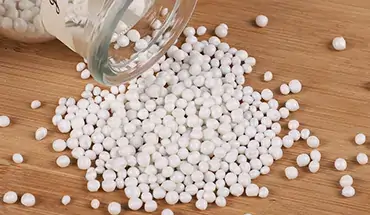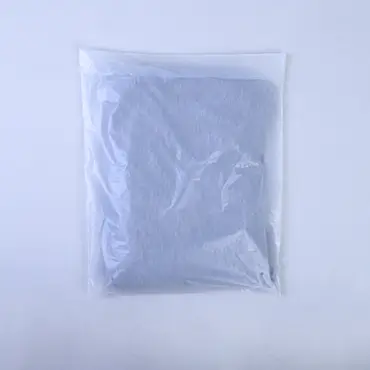The global plastic crisis demands innovative solutions. Bioplastics offer a promising path towards a more sustainable future, and their adoption is rapidly increasing. This comprehensive guide is designed for distributors, suppliers, and manufacturers who want to understand the fundamentals of bioplastics, their benefits, and their practical applications. Let’s dive in.
What are Bioplastics?
In a nutshell, they’re plastics made from renewable resources, unlike traditional plastics that are derived from petroleum (fossil fuels). Think plants, not oil!
Renewable Resources: The Heart of Bioplastics
The magic of bioplastics starts with things like:
- Corn starch
- Sugarcane
- Vegetable oils
- Wood chips
Even recycled food waste!
This is a huge difference from conventional plastics, which rely on finite and polluting fossil fuels. It’s like choosing solar power over coal – one is sustainable, the other… not so much.
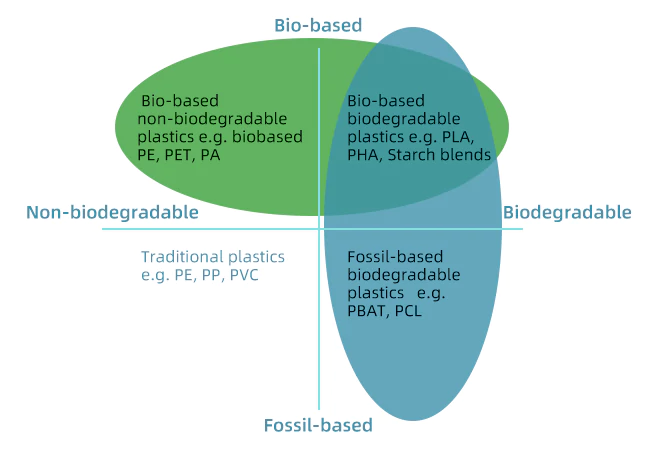
Biodegradability vs. Compostability: A Crucial Distinction
Here’s where things get a little tricky, and it’s essential to understand the difference:
- Biodegradable plastics: These materials will eventually break down into smaller pieces, given enough time (which could be decades or even centuries). Think of it as crumbling, not disappearing.
- Compostable plastics: These are a special type of biodegradable plastic. They break down completely into natural elements (carbon dioxide, water, biomass) in a specific composting environment, leaving no toxic residue behind. Think of a banana peel in your compost bin – it turns into rich soil. A plastic bag? Not so much. That banana peel analogy is key. It highlights the difference between something that breaks down and something that truly becomes something beneficial again.
Click here to learn more about biodegradable and compostable plastics.
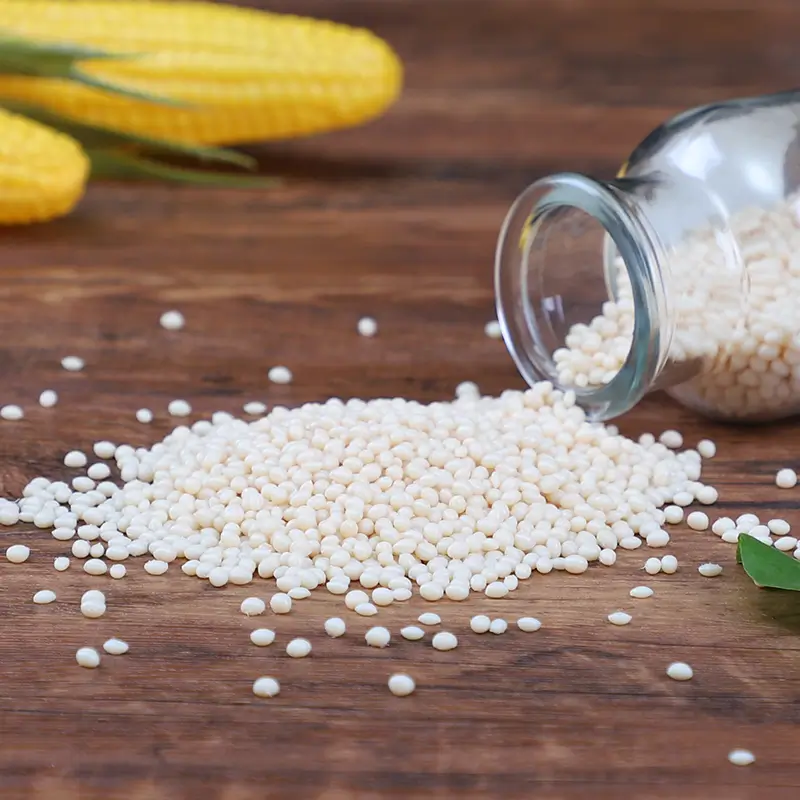
The Two Main Types of Bioplastics and Why They Matter to You
Now, let’s get into the two main categories, because this impacts your sourcing and marketing decisions:
Bio-Based Plastics: From Nature, But Not Always Decomposable
These plastics are made from renewable resources (like corn starch), but their chemical structure is often identical to conventional plastics. For example, bio-based PE (polyethylene) is still polyethylene – it won’t magically disappear in a landfill.
For Distributors & Suppliers: Transparency is key! Make sure your clients understand that bio-based doesn’t automatically mean biodegradable.
Biodegradable & Compostable Plastics: The Real Eco-Heroes
These are the plastics that truly break down and return to nature. They’re designed to decompose under specific conditions (usually in industrial composting facilities).
For Manufacturers: If you’re aiming for genuine sustainability and want to market your products as eco-friendly, these are the bioplastics you want.
Deep Dive into Key Bioplastic Players: PLA and PBAT
Let’s meet the stars of the show:
PLA (Polylactic Acid): The Corn-Based Champion
- Source: Primarily corn starch, but also cassava, sugarcane, and other starchy plants.
- Properties: PLA is known for its rigidity and clarity, making it a great choice for things that need to be strong and see-through.
- Applications: Think food containers, cups, disposable cutlery, and even 3D printing filament.
PBAT (Polybutylene Adipate Terephthalate): The Flexible Friend
- Source: Interestingly, PBAT is typically fossil-based, but it’s designed to be fully biodegradable.
- Properties: PBAT is flexible and tough, almost like a rubbery plastic.
- Applications: This makes it perfect for compostable bags, film packaging, and agricultural mulch films.
The power couple: Why PLA and PBAT are often blended
PLA is brittle and PBAT is not, but lacks rigidity. Blending these polymers, you can obtain materials that are both resistant and flexible. How do they blend and complement each other to achieve the desired effect? Learn about this in another blog: A Comparison of PLA and PBAT.
The Pros and Cons of Bioplastics
Let’s be real, no solution is perfect. Here’s a balanced look at bioplastics:
Environmental Benefits: A Greener Footprint
- Reduced Fossil Fuel Reliance: We’re using renewable resources, not depleting oil reserves.
- Lower Greenhouse Gas Emissions: In some cases, the production of bioplastics can have a lower carbon footprint than conventional plastics, though this depends on the specific material and production process.
- Less Persistent Waste: Compostable bioplastics don’t contribute to the mountains of plastic waste piling up in landfills.
- Soil Enrichment: Compostable bioplastics break down into valuable compost, which can improve soil health.
Challenges and Considerations
- Cost: Bioplastics are often more expensive to produce than conventional plastics, at least for now.
- Infrastructure: We need more industrial composting facilities to handle the growing volume of compostable bioplastics.
- Performance: Some bioplastics may not be as strong or durable as traditional plastics, although technology is rapidly improving.
- “Greenwashing” Potential: Be wary of companies making misleading claims. Look for certifications like BPI (Biodegradable Products Institute) or EN 13432 (European standard for compostability).
What are Bioplastics Used for?
Bioplastics aren’t just a futuristic concept; they’re here now, being used in a wide range of industries:
Packaging: The Obvious Choice
This is where bioplastics are really shining:
- Food containers (takeout boxes, yogurt cups)
- Bags (shopping bags, produce bags)
- Films (wrapping for fruits and vegetables)
- Bottles (for water and other beverages)
Agriculture: Mulch films, plant pots
Using bioplastics in agriculture presents a circular process.
Textiles: Fibers for clothing and other materials
Bioplastics are making inroads into the textile industry
Automotive: Interior components
Car manufacturers can use bioplastics to obtain more eco-friendly models.
Medical: Surgical sutures, drug delivery systems
PLA is used to produce temporary implants.
The Future of Bioplastics: Innovation and Growth
The bioplastics industry is booming! Researchers are constantly working to:
- Improve the performance of bioplastics (making them stronger, more heat-resistant, etc.).
- Lower production costs.
- Develop new materials from even more sustainable sources (like algae).
- Expand the range of applications.
As consumer demand for eco-friendly products grows, the market for bioplastics is expected to explode.
Key Considerations for Distributors and Suppliers
If you’re in the business of distributing or supplying plastics, here’s what you need to know:
- Sourcing: Find reliable bioplastic manufacturers (like ShinHigh Bio) who can provide high-quality, certified materials.
- Certification: Become familiar with the different certification standards (BPI, EN 13432) to ensure you’re offering genuine compostable plastics.
- Client Education: Be prepared to explain the benefits and limitations of different bioplastics to your customers. Help them choose the right material for their needs.
For Manufacturers: Making the Switch to Bioplastics
Thinking about incorporating bioplastics into your products? Here’s a roadmap:
- Assessing Needs: Which type of bioplastic (PLA, PBAT, or a blend) is best suited for your product’s requirements?
- Testing and Prototyping: Thoroughly test the bioplastic to ensure it meets your performance standards.
- Communicating Sustainability: Highlight the eco-friendly benefits of your bioplastic products to appeal to environmentally conscious consumers.
FAQs
Let’s address some common questions:
- Are all bioplastics compostable?
No! Bio-based plastics are made from renewable resources but may not be compostable. Only compostable bioplastics are designed to break down in a composting environment. - How long does it take for bioplastics to decompose?
It depends on the specific material and the composting conditions. Compostable bioplastics typically break down within a few months in an industrial composting facility. - Can I compost bioplastics in my home compost bin?
Some bioplastics are certified for home composting, but many require the higher temperatures and controlled conditions of an industrial facility. Check the label! - What is the difference between biodegradable and compostable?
Biodegradable means a material will eventually break down, but it might take a very long time and could leave behind toxic residues. Compostable means a material will break down completely into natural elements in a composting environment, leaving no harmful residue. - Are bioplastics more expensive than traditional plastics?
In most cases, yes.
Conclusion: Embracing the Bioplastic Revolution
Bioplastics represent a significant step towards a more sustainable future. They offer a way to reduce our reliance on fossil fuels, minimize plastic waste, and create a more circular economy. While challenges remain, the ongoing innovation and growing demand for eco-friendly solutions make bioplastics a powerful force for change.
Ready to explore the possibilities of bioplastics? Contact us today to discuss your sourcing needs, partnership opportunities, or to learn more about how we can help you embrace the bioplastic revolution. We’re here to help you navigate this exciting and evolving landscape. Let’s build a greener future together.

